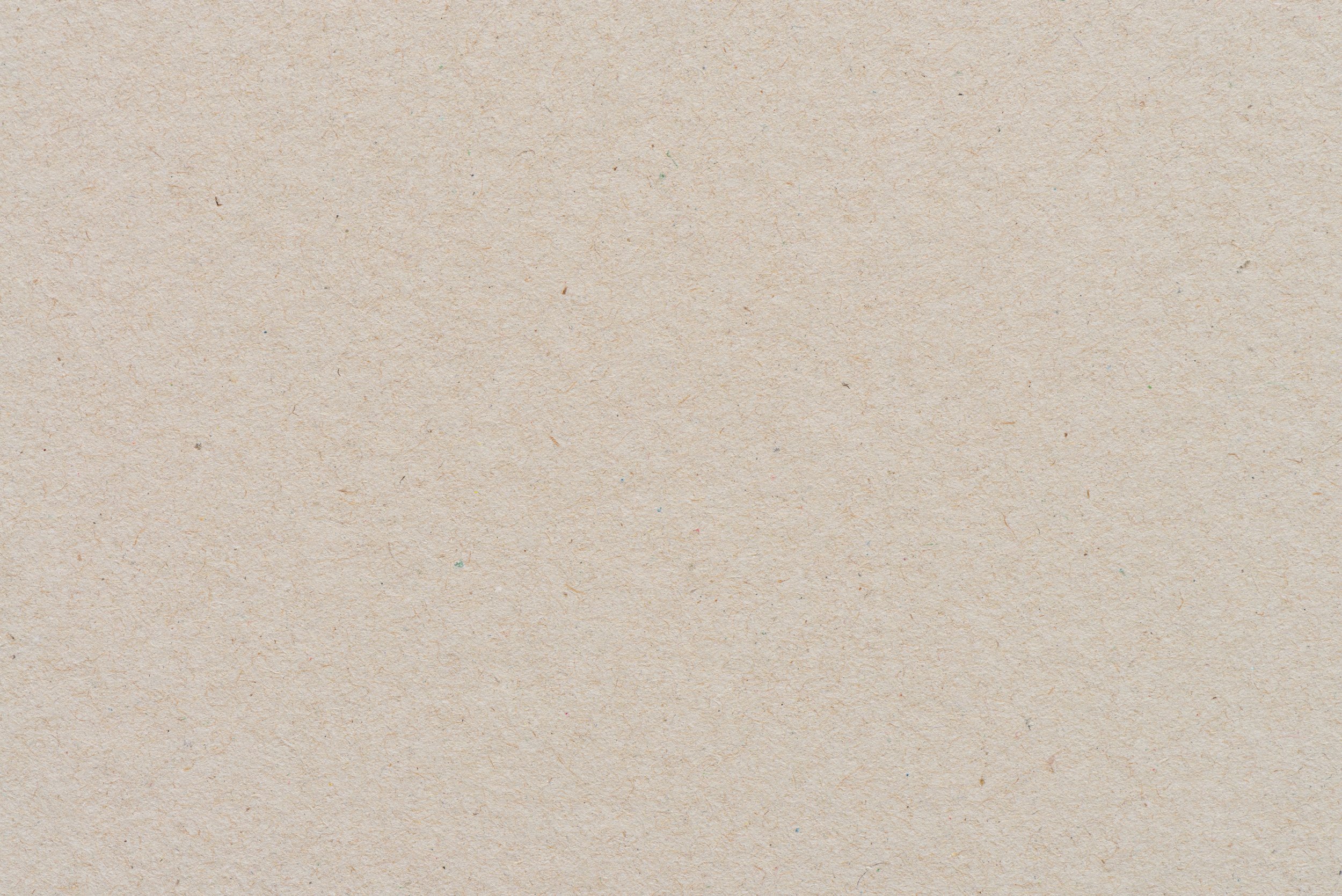
Preparing a Garden
LESSON 5
Children explore key factors for successful gardening and engage in hands-on activities to prepare their own garden spaces.
The book “A Year in Our New Garden” by Gerda Muller.
Garden space in a yard or in a pot
Compost or potting mix
Materials
Gather materials.
Decide where and how you will prepare a gardening space, whether it's on a porch using pots, at a community garden, or in your own yard.
Preparations
Prompt children to recall details and activities from the previous lesson.
Facilitate observations of bulbs and/or branches, guiding students to note any changes in plant growth.
Guide students through the process of preparing a garden space.
Lead a discussion on selecting an appropriate location for a garden.
Offer guidance on sowing and planting seeds based on local climate conditions and seasonal changes.
Objectives for Teachers
Children recall key details from the previous lesson by answering questions.
Children understand the steps involved in preparing a garden space.
Children learn about important factors to consider when choosing a location for a garden.
Children demonstrate their understanding of seasonal planting by recognizing when to start sowing seeds outdoors or indoors based on weather conditions.
Objectives for Children

Collect and Connect
Practice saying the poem “It is Spring” together with the actions you came up with.
It is Spring
By H. Henley
Down in the earth,
In their dark winter bed,
“Someone is calling,”
The crocus said.
In colors bright,
They quickly dressed,
In lavender, purple,
And gold of the best.
Then out in the grass,
They dance in a ring,
And call to the children,
“Come out! It is spring!”

Activity Flow
What was your favorite part of the story we read last time?
What did Anna and Benjamin plan to grow in their backyard?
What did their garden look like in the Summer? Fall? Winter?
What did Anna and Benjamin want to do at the end of the story?
Check in on bulbs and/or branches to observe any changes.
Begin the lesson by reflecting on the previous lesson. It might be helpful to have the book “A Year in Our New Garden” available to refer to when asking the following questions:
2. Next, ask if they remember how Anna and Benjamin prepared their garden space. Explain that, like Anna and Benjamin, today they will be preparing a garden space.
3. Preparing a garden typically involves clearing the space, removing old weeds or plants, and prepping the soil. We follow a no-dig garden approach, which simplifies garden preparation. We clear old plants and lay down a fresh layer of compost on our beds. If there are many weeds, we cover them with cardboard and add enough compost on top to plant. Follow a garden method that feels right and sustainable for you.
4. Head outside to prepare a garden space. It doesn't have to be big; it could be filling up a pot or two for a porch garden. If you are choosing a place in your yard for a garden, there are a few things to consider and discuss with your child. First, think about sunlight. Most vegetables and flowers need at least six hours of sunlight per day, so pick a spot that gets plenty of sunshine. Next, consider water access. Your garden should be near a water source, such as a hose or watering can, to make watering easier. Also, check the soil quality. Look for well-draining soil that isn't too rocky or compacted.
5. If it's warm enough, you can start sowing the seeds you purchased or seed starts from a local greenhouse. If it's still too cold, consider starting some seeds indoors. (You might also consider waiting to start seeds until our ‘Growth Unit’ coming next month.)



